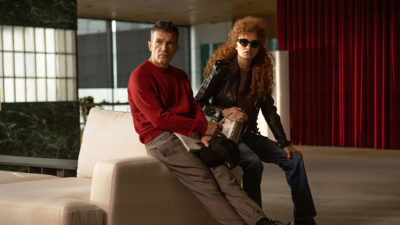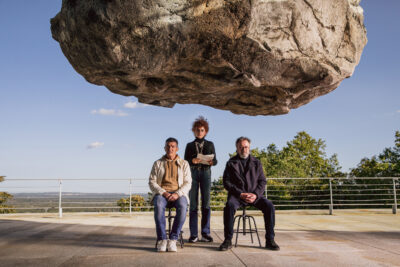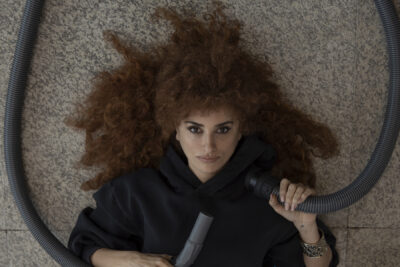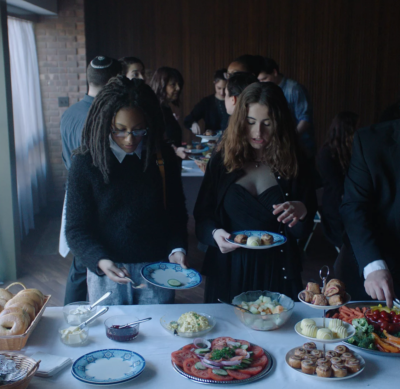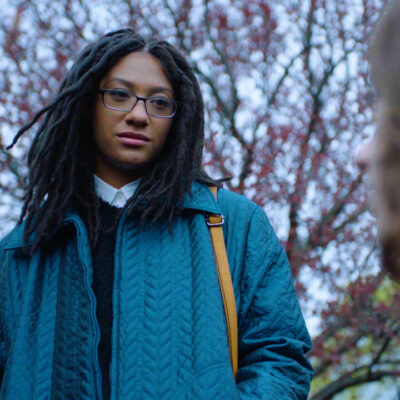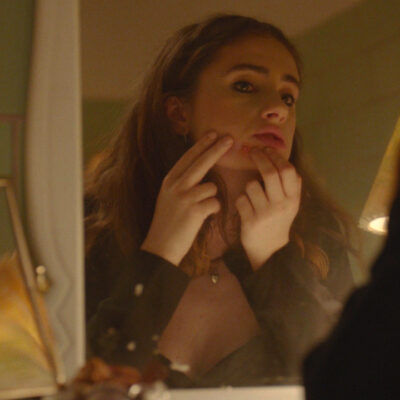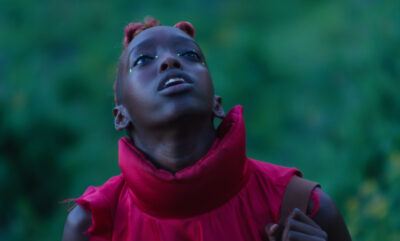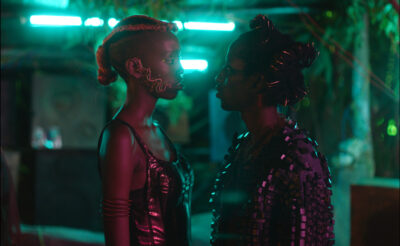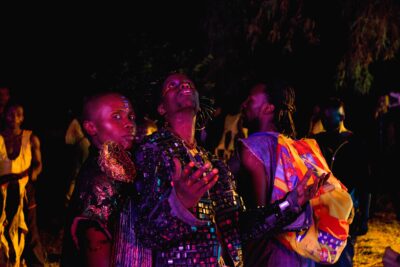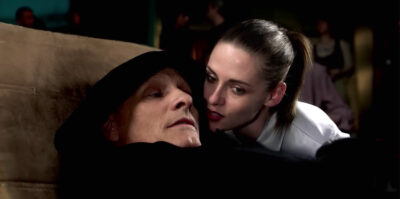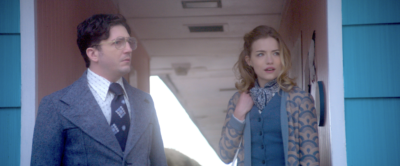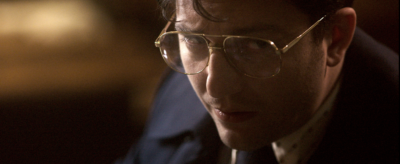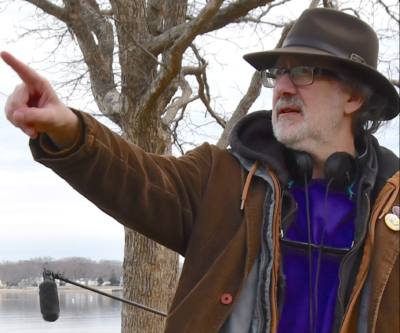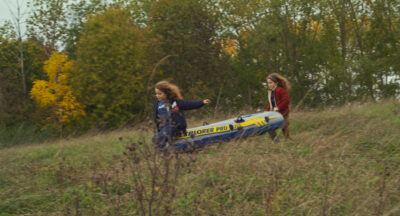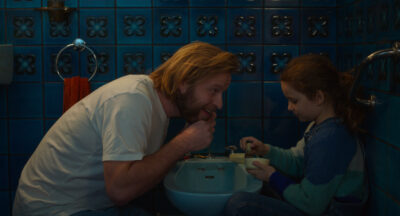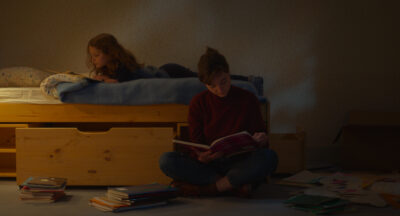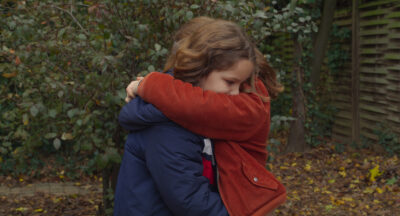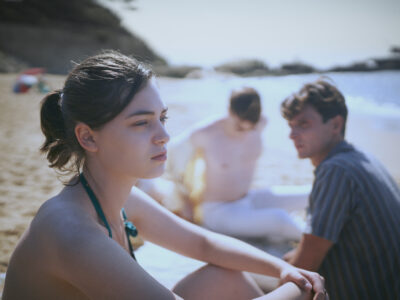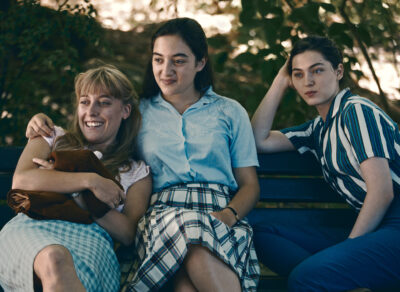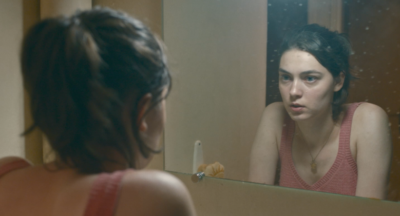From Greg Laemmle:
The movies are back! Or at least, Hollywood blockbusters are back. But if you pay attention to the pundits (always with a grain of salt), you’ll see story after story about how the arthouse audience still hasn’t returned. And to a large degree, this is true. But why? Is the older audience still staying away because of Covid fears? Did they discover streaming during the 13-month shutdown of moviegoing, and they are slow (or never) to come back. Or is there something else contributing to the situation?
Our theatres have been open for over a year since the 13-month shutdown, and every week we present an array of smaller foreign-language films, documentaries, and indie features. Distributors aren’t advertising in print like they did pre-pandemic. But if you look in the LA Times every day, you’ll see our Laemmle Theatres directory ad listing all these titles. But beyond the ads, there is something missing in the paper. Something of vital importance to creating awareness of smaller films. That thing …REVIEWS.
I’m prompted to write this because last week, on Friday, June 10, there was not a single film review in the print edition of the L.A. Times Calendar section. Among other films, the paper completely ignored the French literary adaptation LOST ILLUSIONS, a huge, award-winning hit in France and a critical success here. (The New York Times, which did review it, called the film “sensational.”). Some weeks, the Times has run reviews, but published them days after a film’s opening. And for films that might only end up playing for a week in LA, running a review after the weekend is not particularly helpful, either for the film or for an interested viewer.
Compare this to the pre-pandemic period when a reader could expect to find multiple reviews in the Friday paper, and then plan their weekend (or weekly) moviegoing accordingly.
We know that the newspaper industry has its challenges. We at Laemmle Theatres are pushing our partners in distribution to return as advertisers because we understand that we work in an ecosystem made up of press, advertising, and programming. But having the programming without the press badly depresses turnout. And without ticket sales, distributors are loath to advertise.
It is a sad state of affairs when the paper of record in the movie capital of the world has a film section that is a shadow of its former self, reviewing one or two films per week. The L.A. Times once employed two lead film critics at a time, notably such heavyweights as Charles Champlin, Sheila Benson, Kevin Thomas, Kenneth Turan, and Manohla Dargis. Those writers were backed up by a stable of talented freelancers to cover the plethora of cinema Angelenos are fortunate enough to have access to. Current lead film critic Justin Chang is just as gifted a writer but he’s only one person and can’t cover all the big studio releases in addition to foreign and American indie films too.
We’re going to continue doing what we do, working with filmmakers and distributors to bring the world of cinema to Los Angeles.
What can you do? If you aren’t already a subscriber, subscribe to the Times. Supporting local journalism, even a big city paper like the Times, is important. But as a subscriber, contact the paper and ask for the return of Friday reviews, ideally in the print edition.
They can also look to other local outlets for film coverage. KPCC’s FilmWeek is one excellent resource, with a panel of critics reviewing many of the week’s new attractions. But there are others.
I know I’m preaching to the choir here, but you can pay more attention to our eNewsletter, website, and social channels, where we keep you informed of the hundreds of different films we screen annually, for long and short engagements. And when you see something you like, don’t keep it to yourself. Please share your enthusiasm so that others will be encouraged to find the film in question.
But ultimately, these alternatives cannot fill the void left by a newspaper that has abandoned its leading role. To the publisher and editors of the L.A. Times: to be the paper of record for a megalopolis like Los Angeles means covering the arts, especially film. And we hope that you will return to your pre-pandemic policy of reviewing films that are opening theatrically in Los Angeles on (or before) the date of their theatrical opening. Together, we can rebuild the audience for the world of film in the movie capital of the world.

